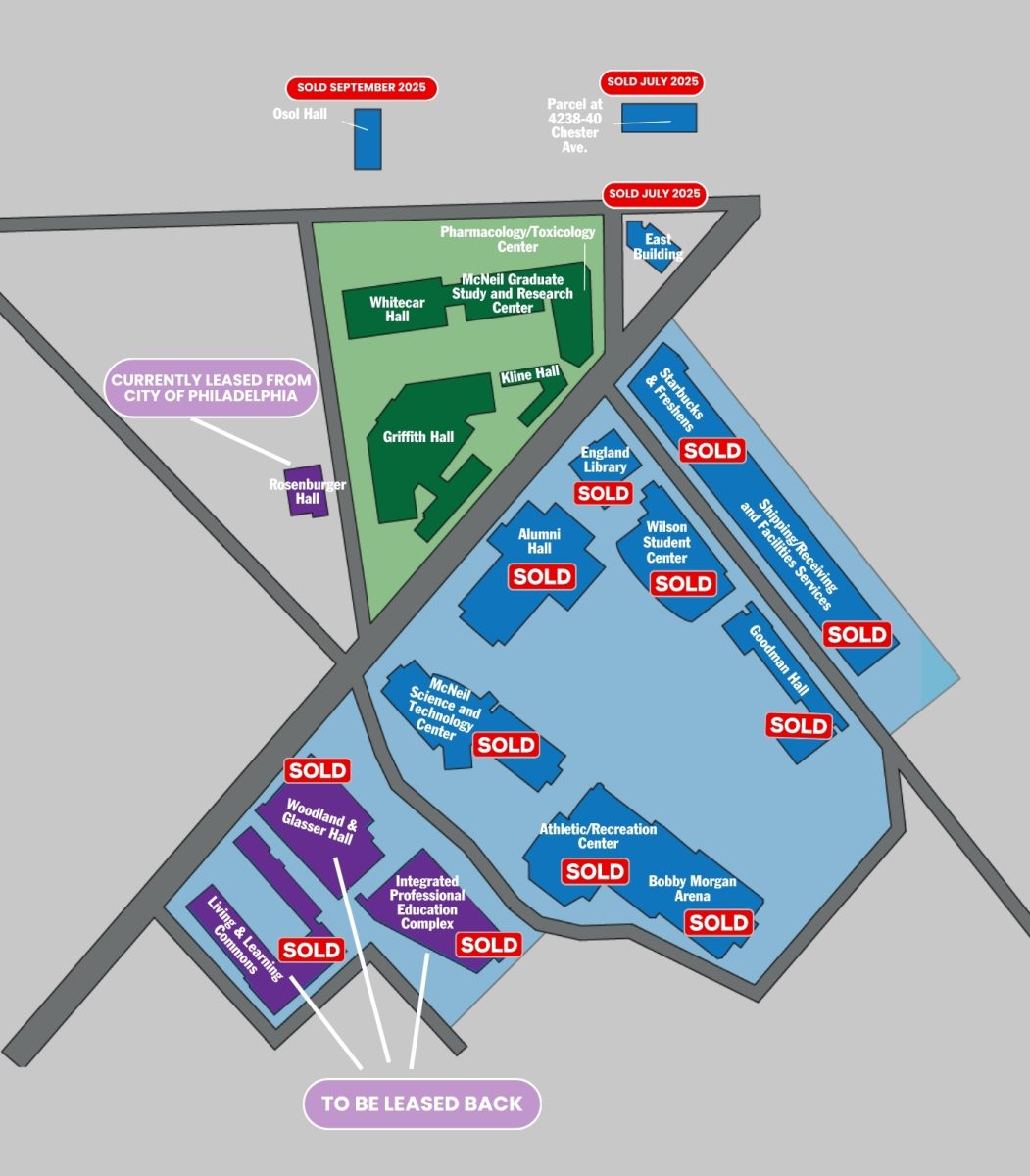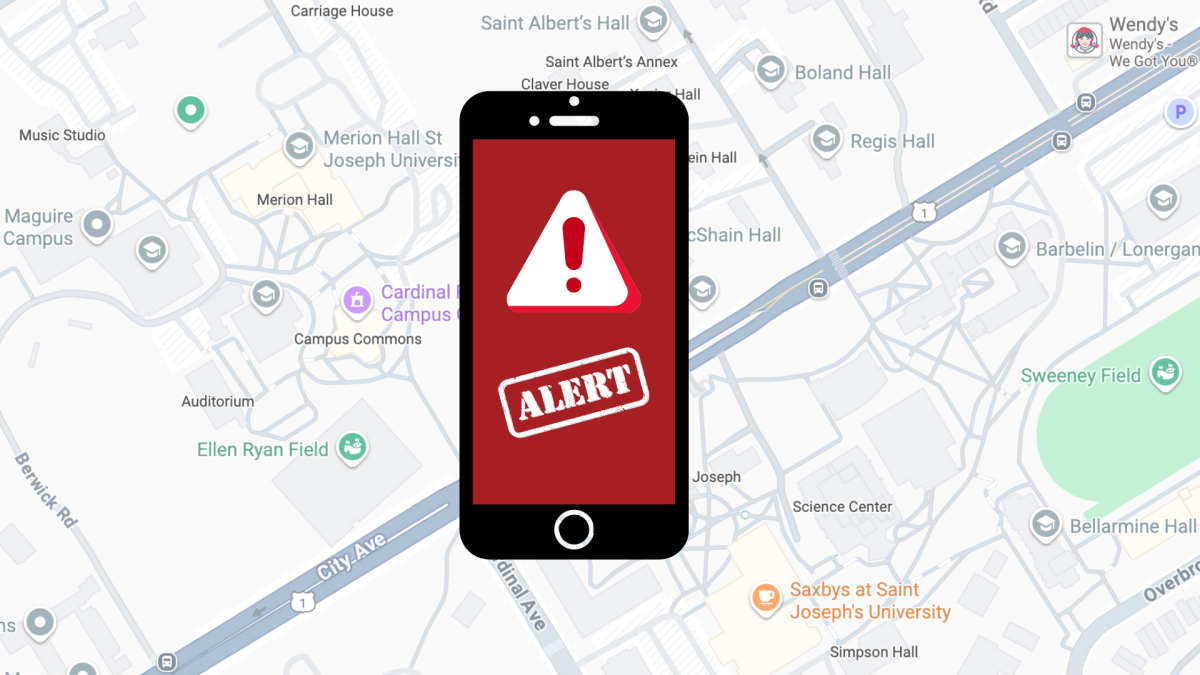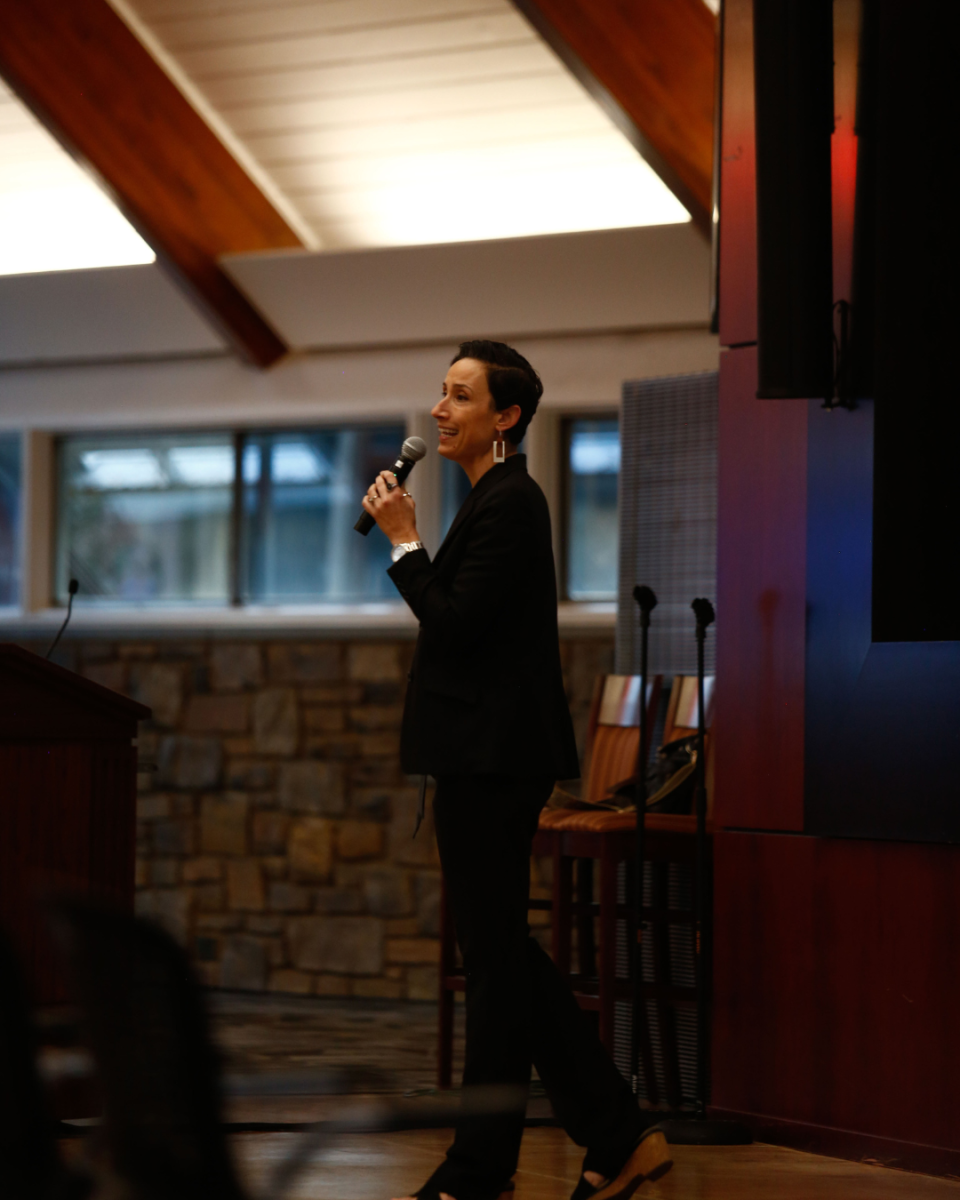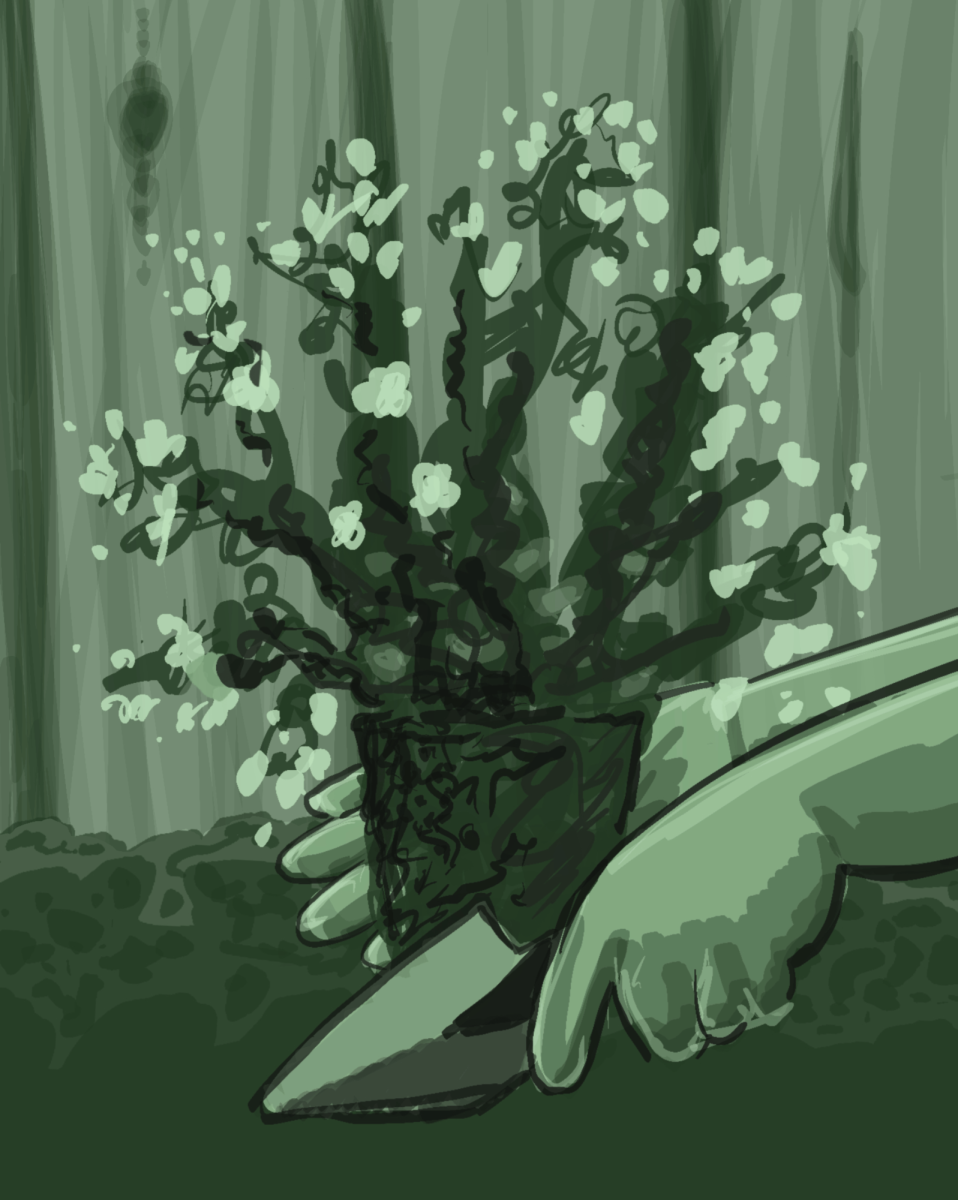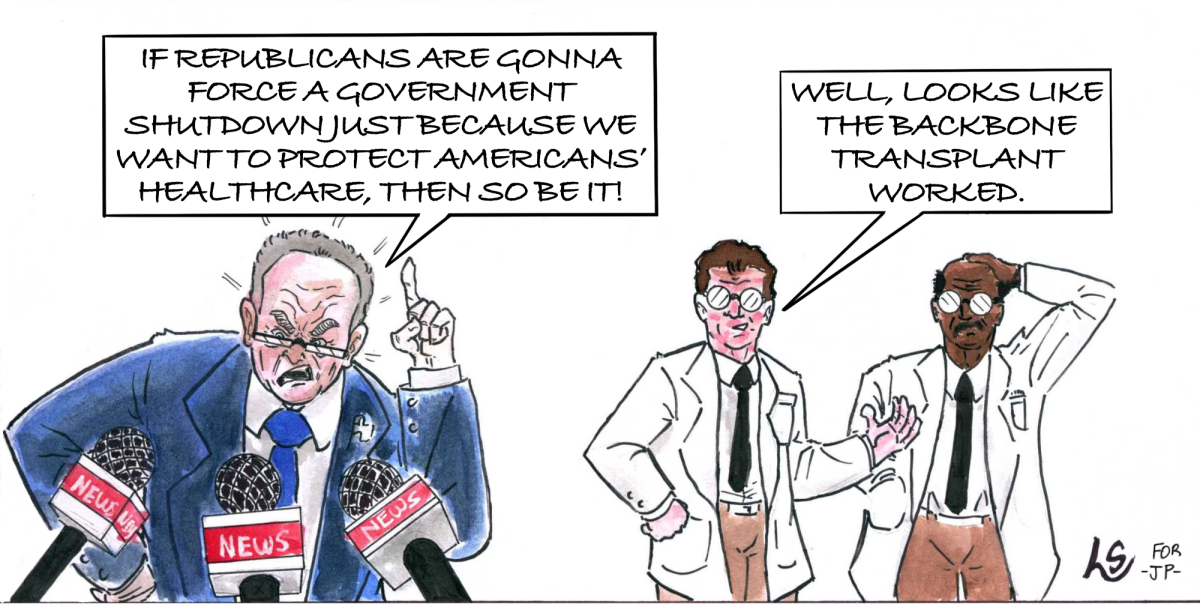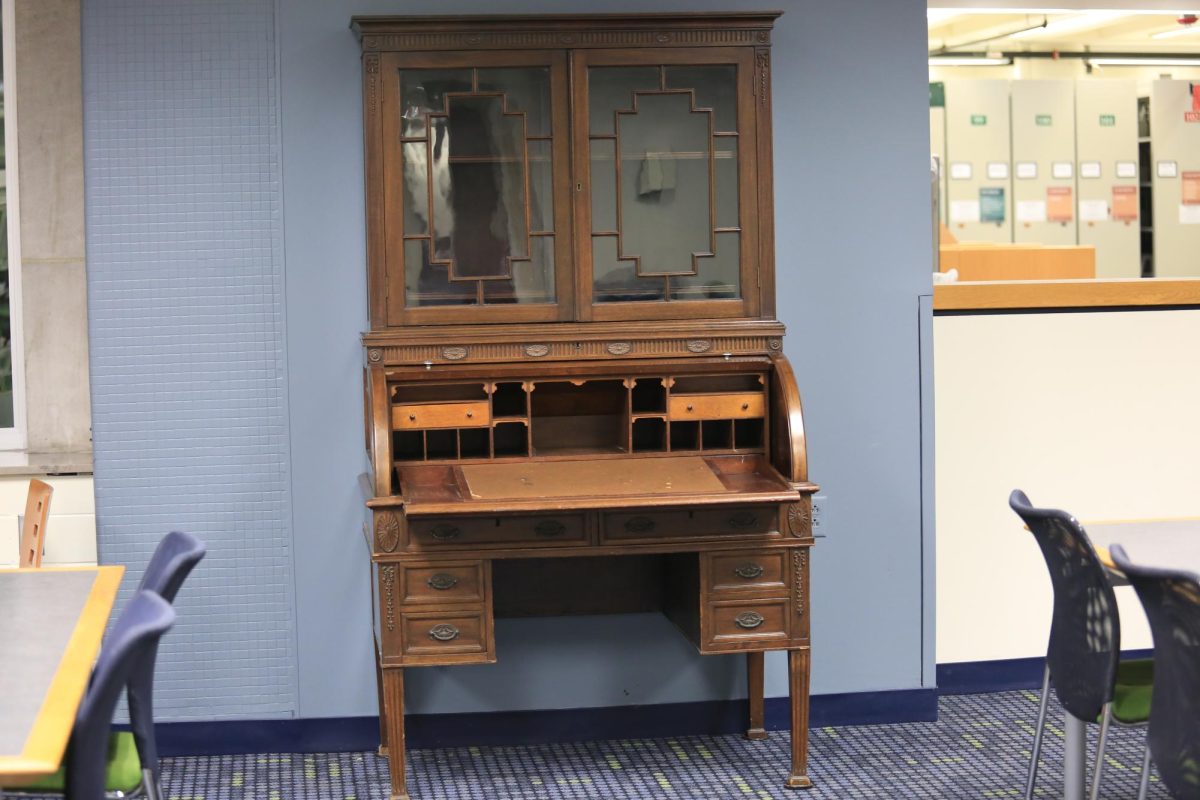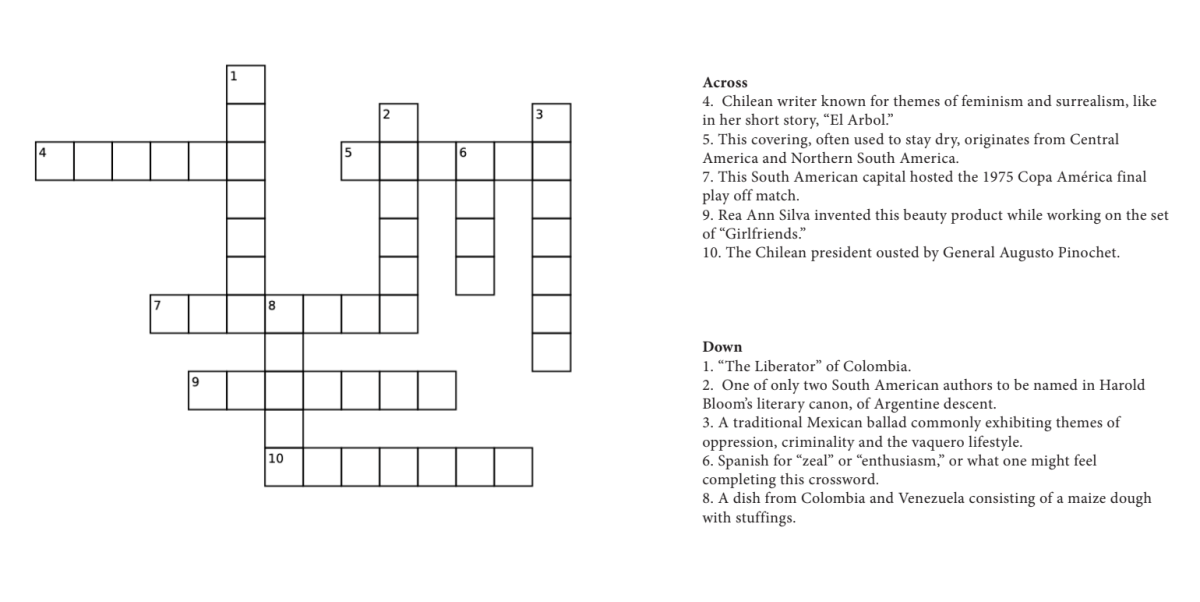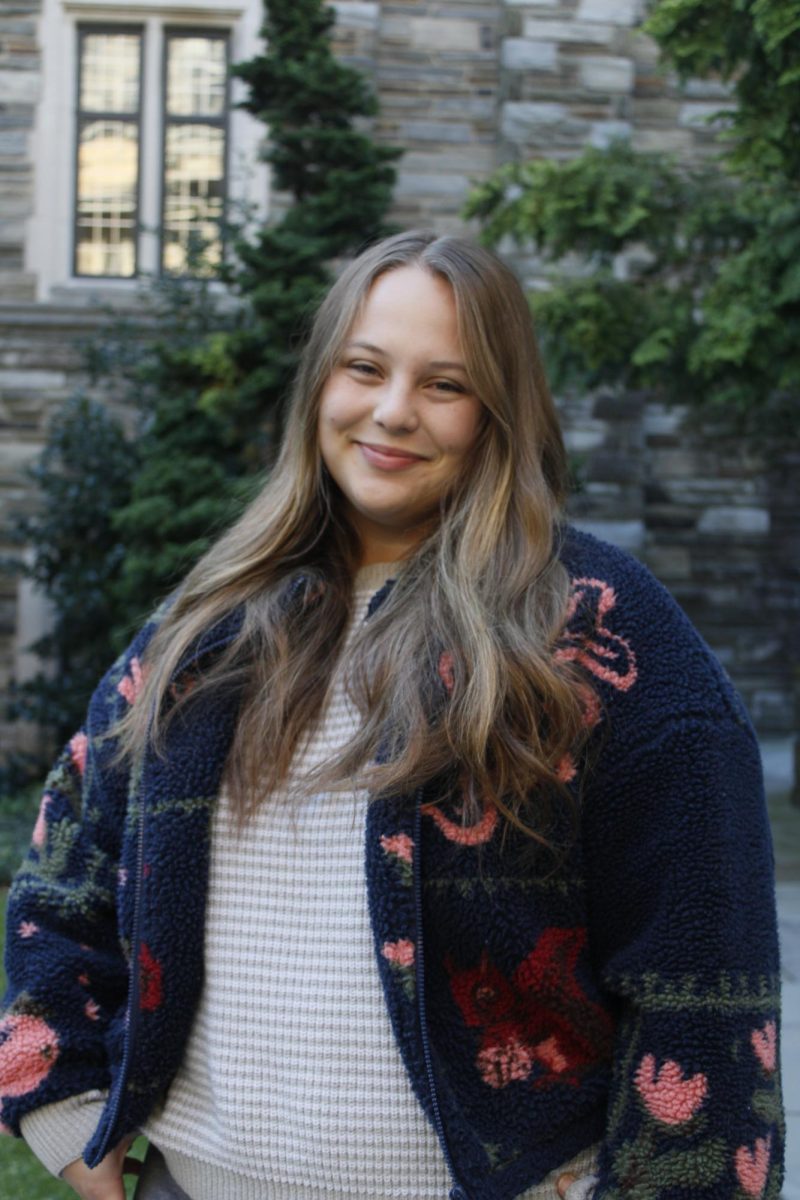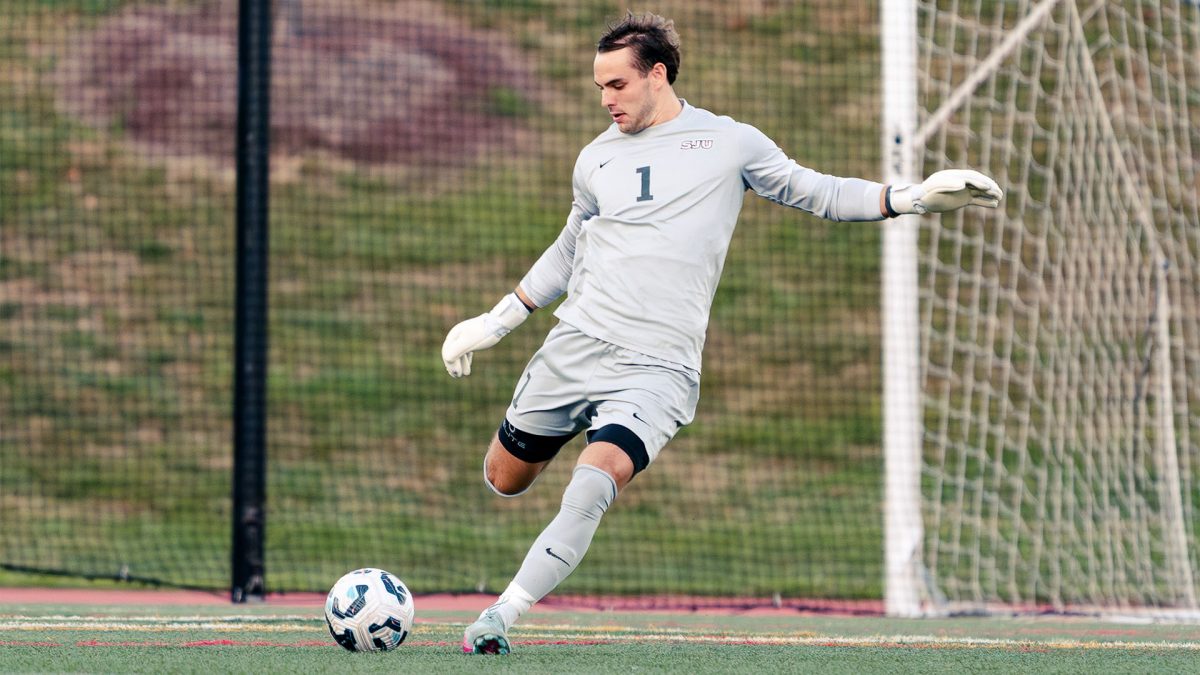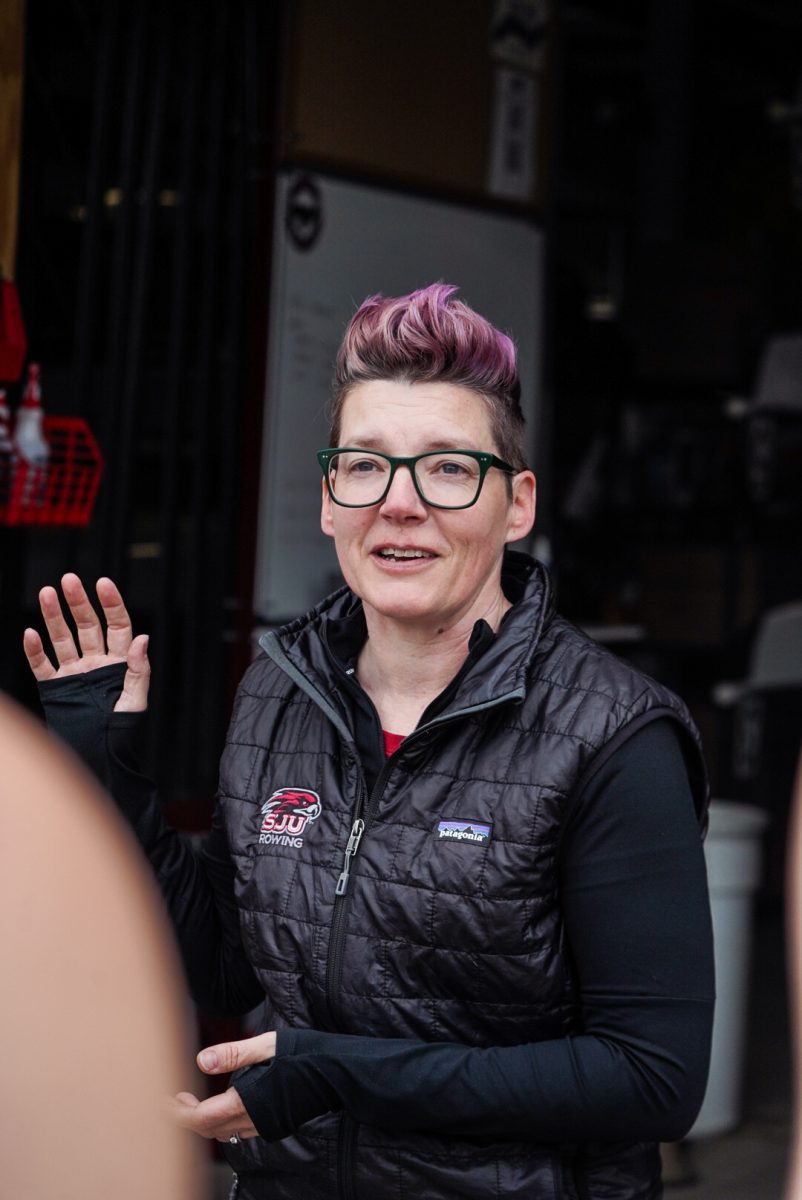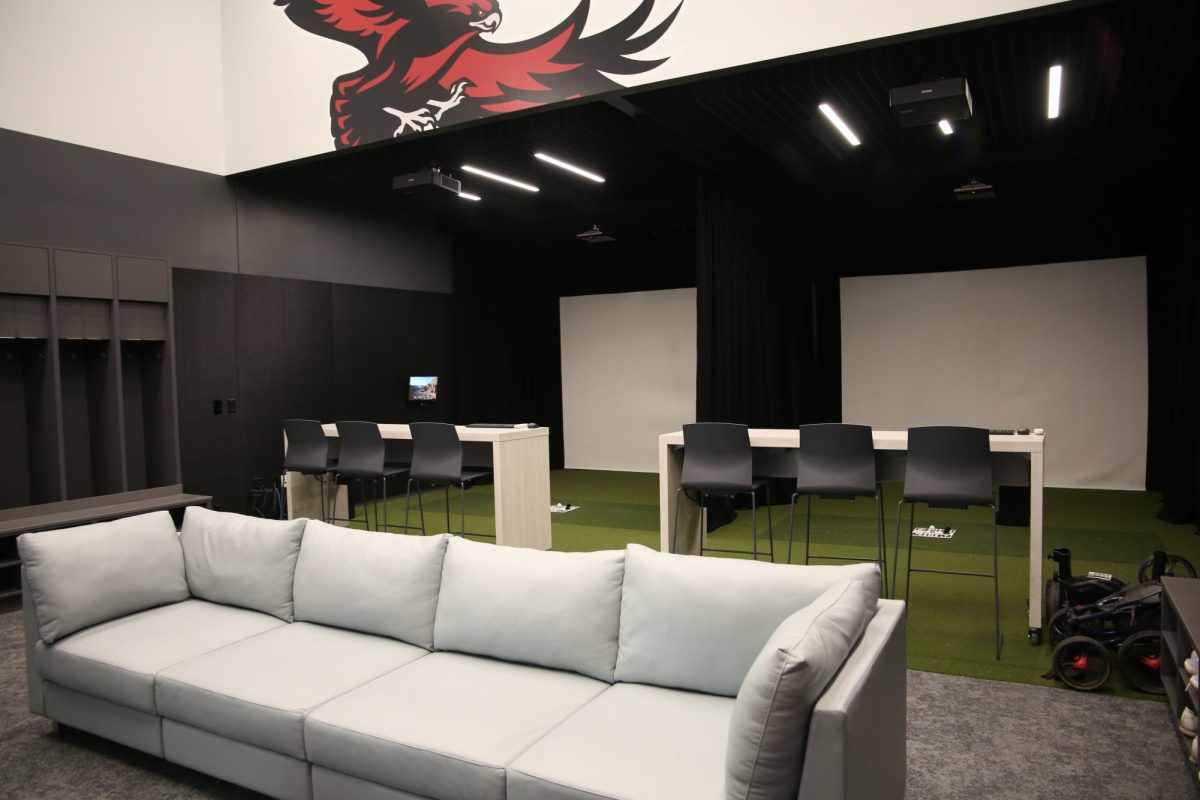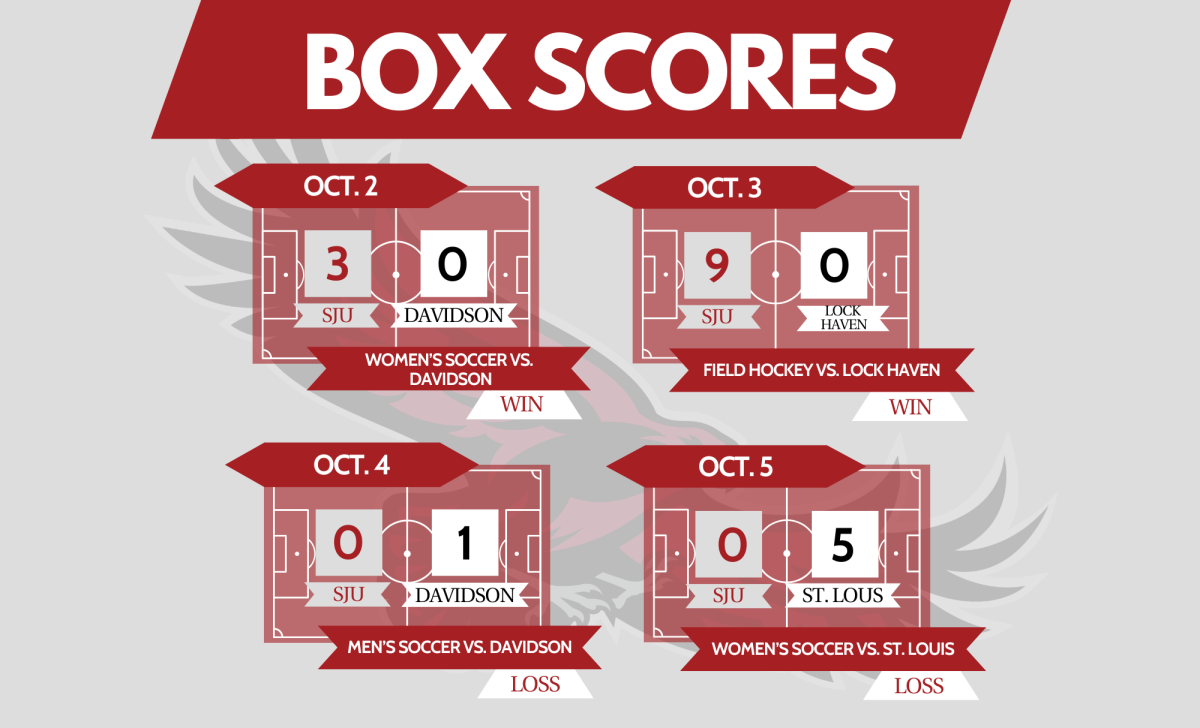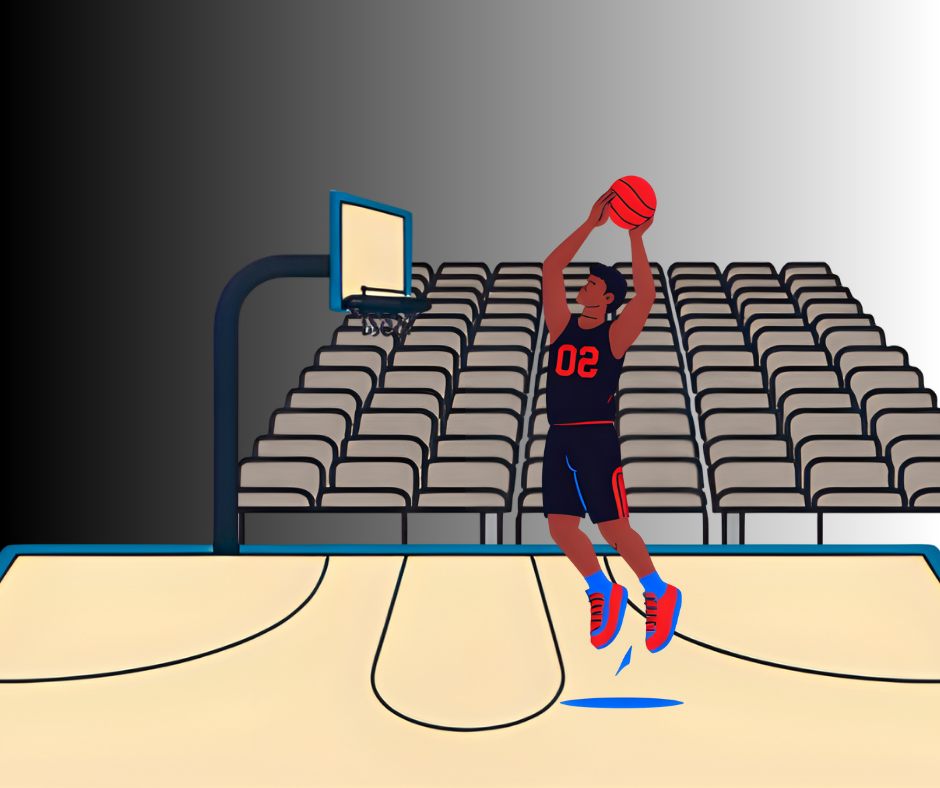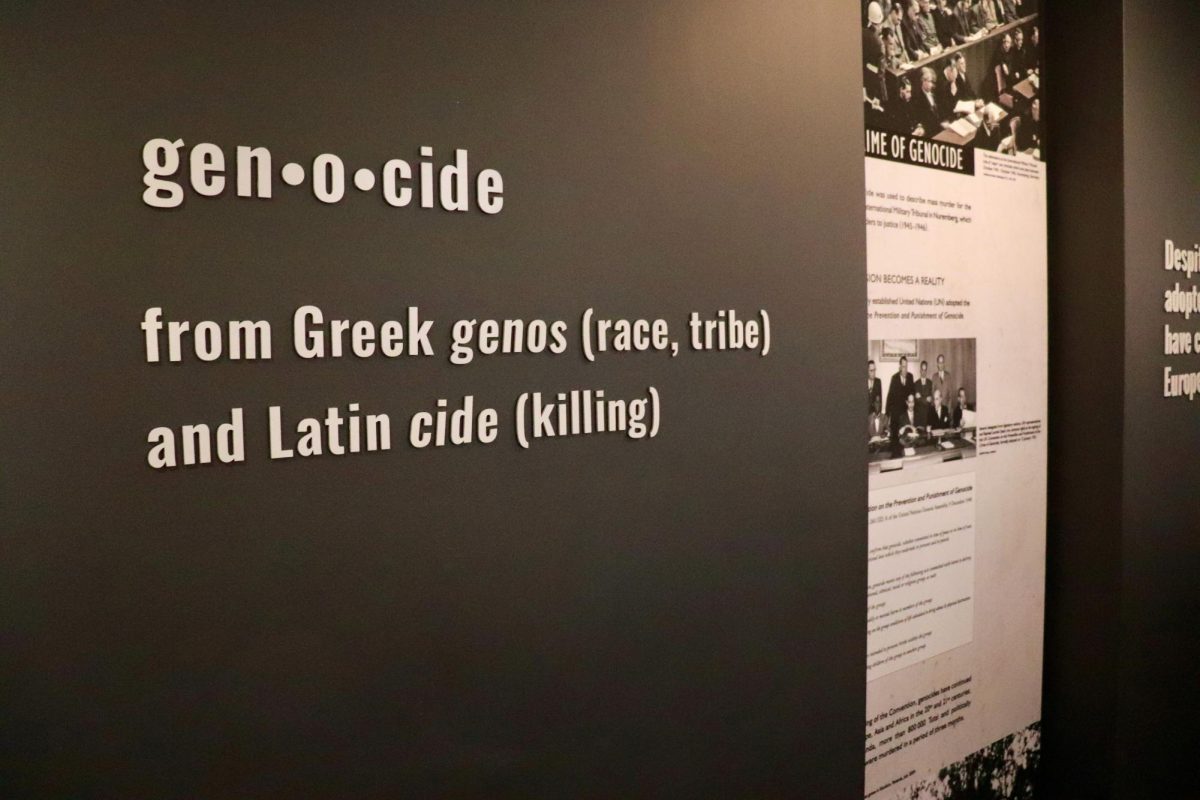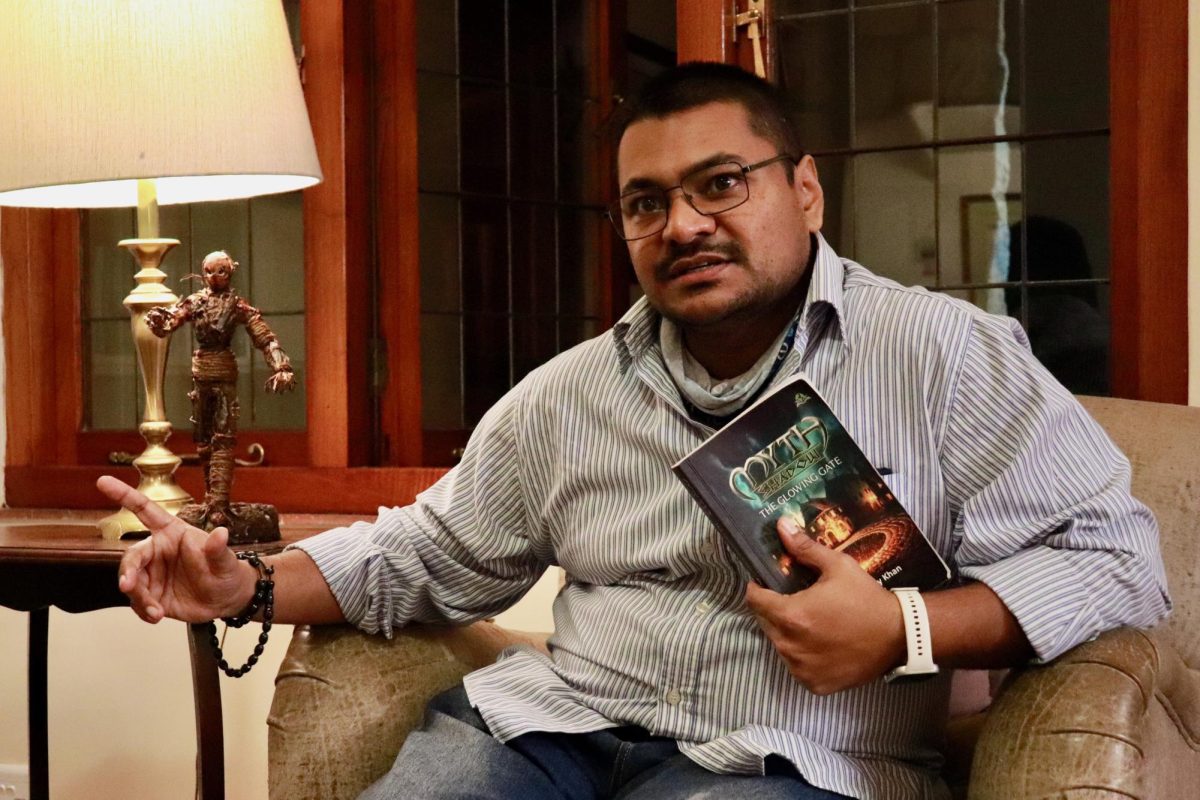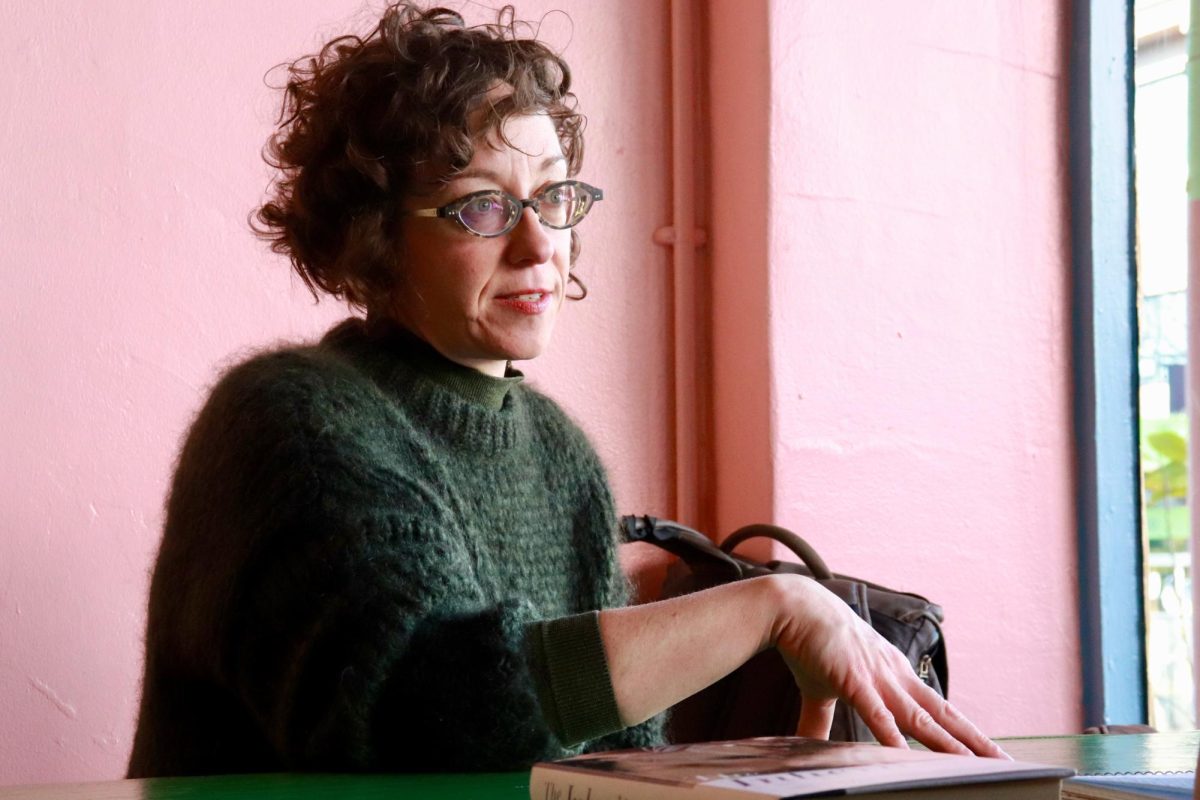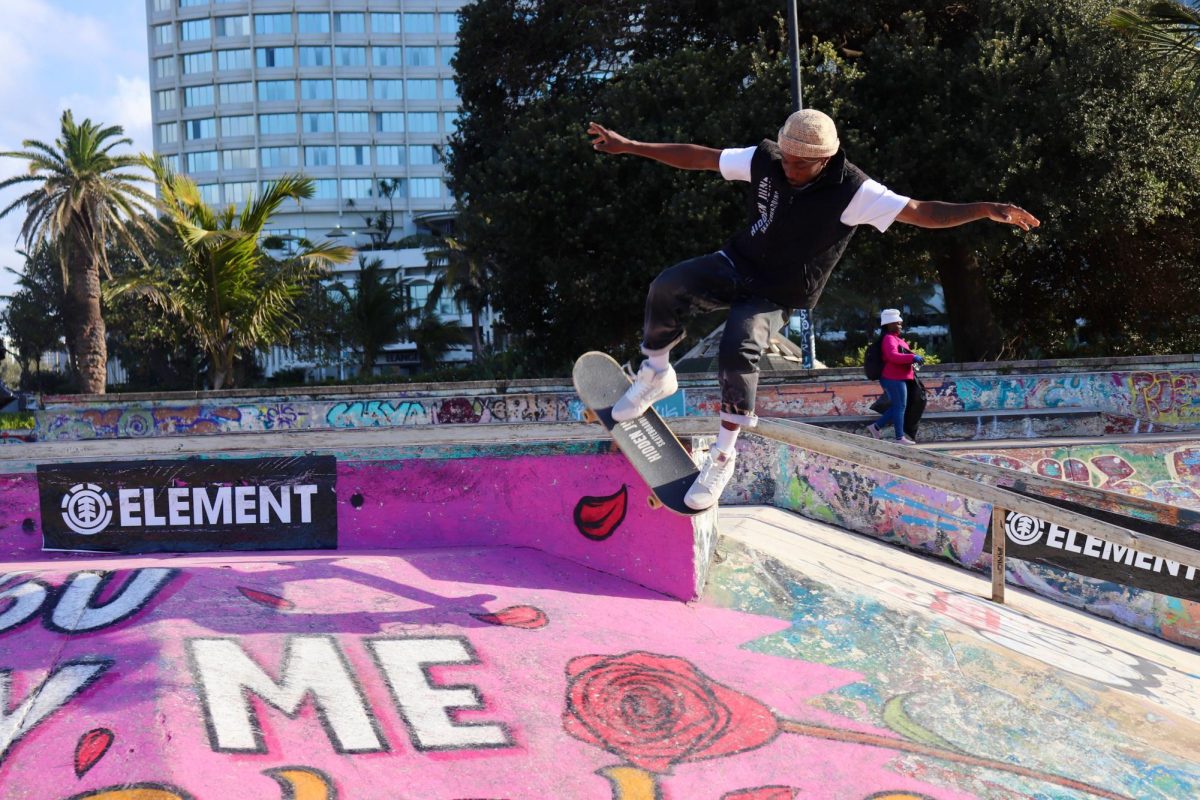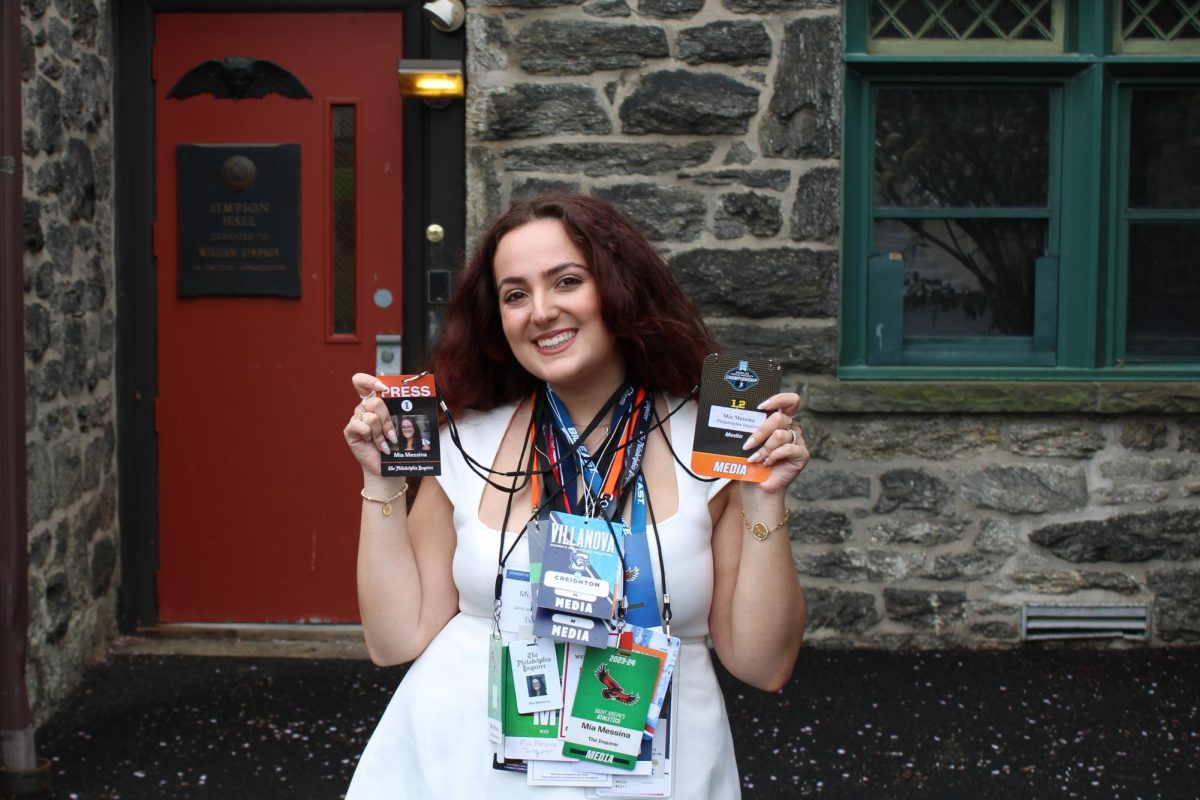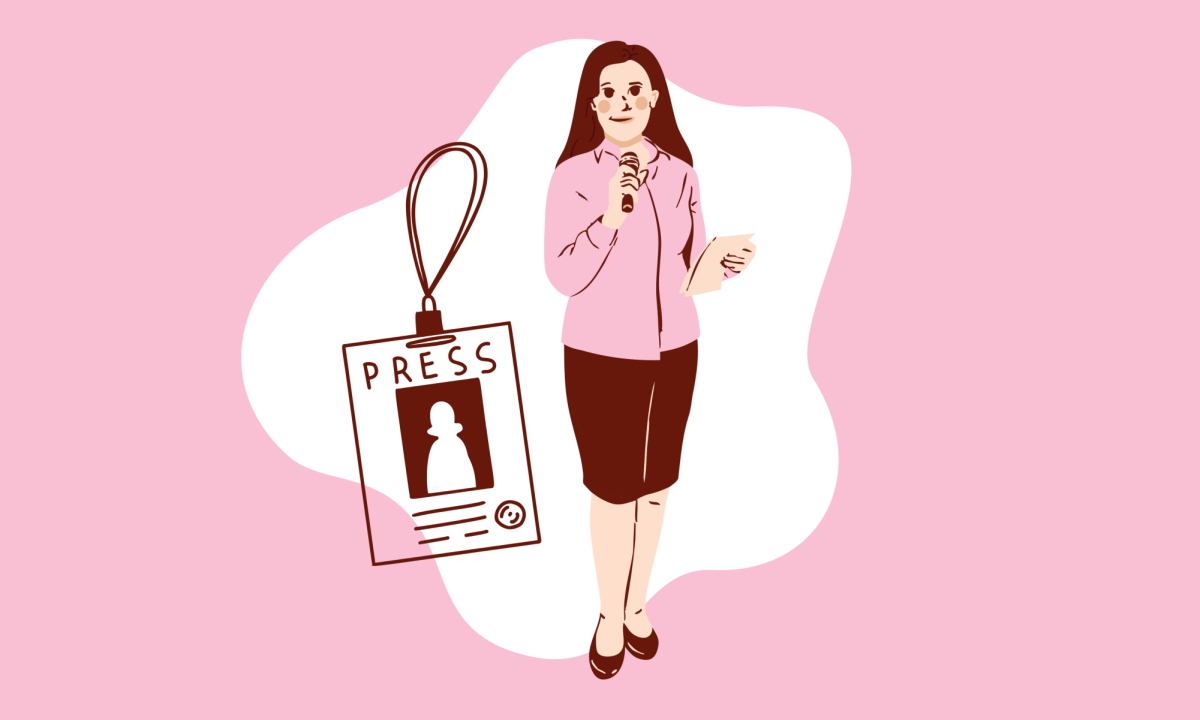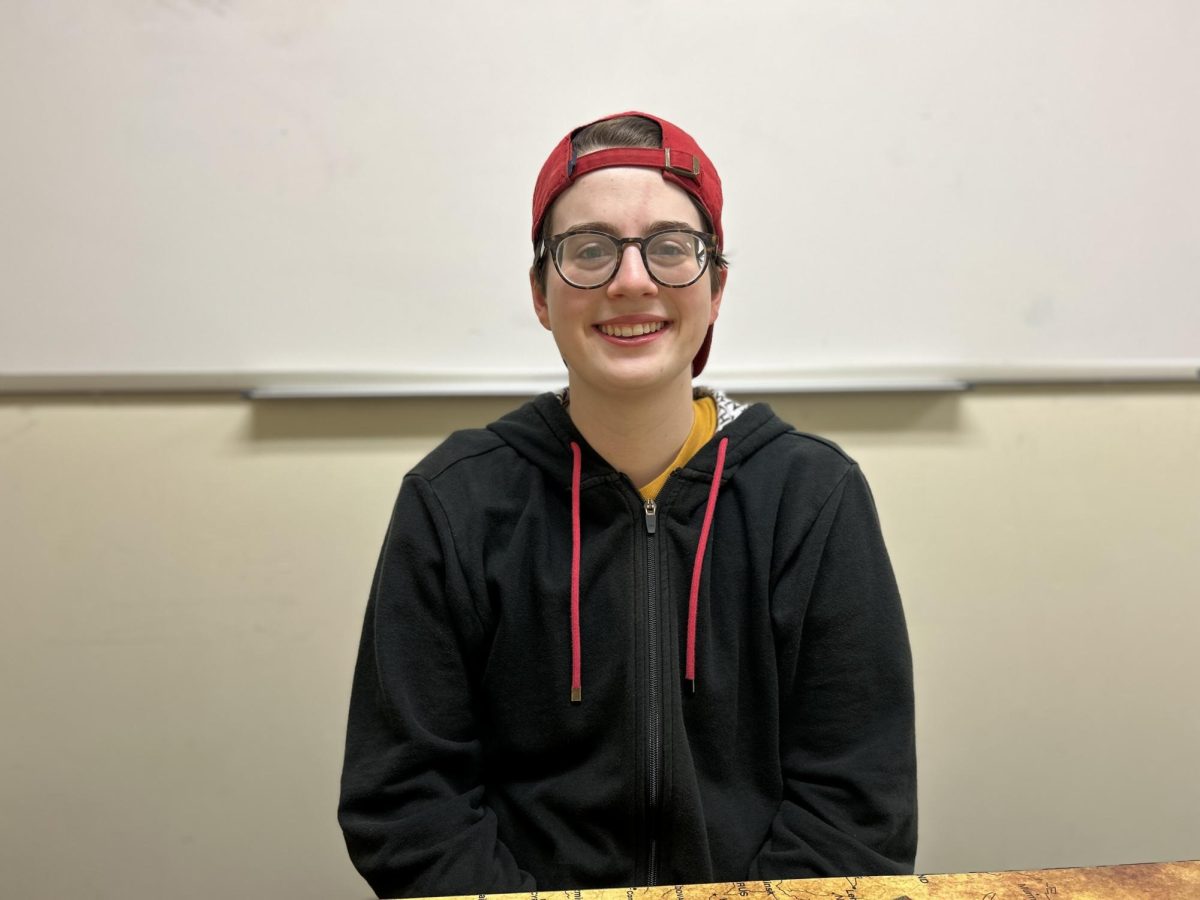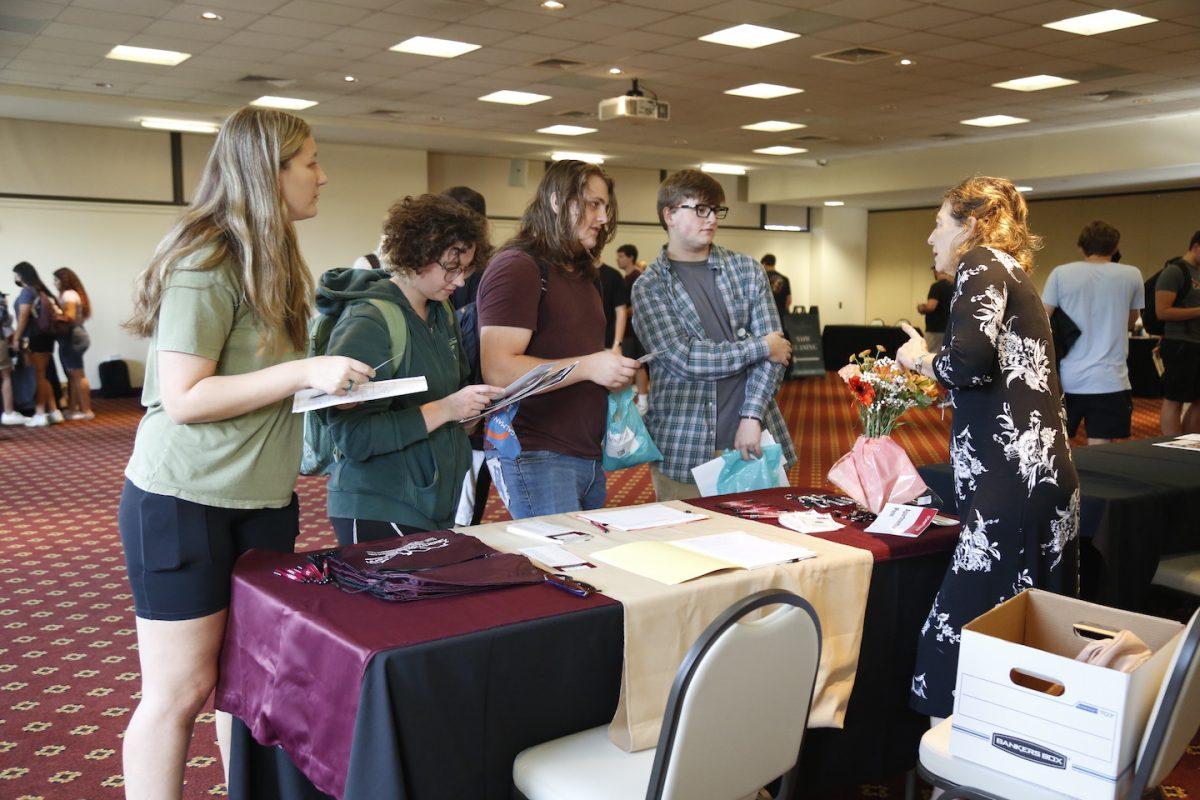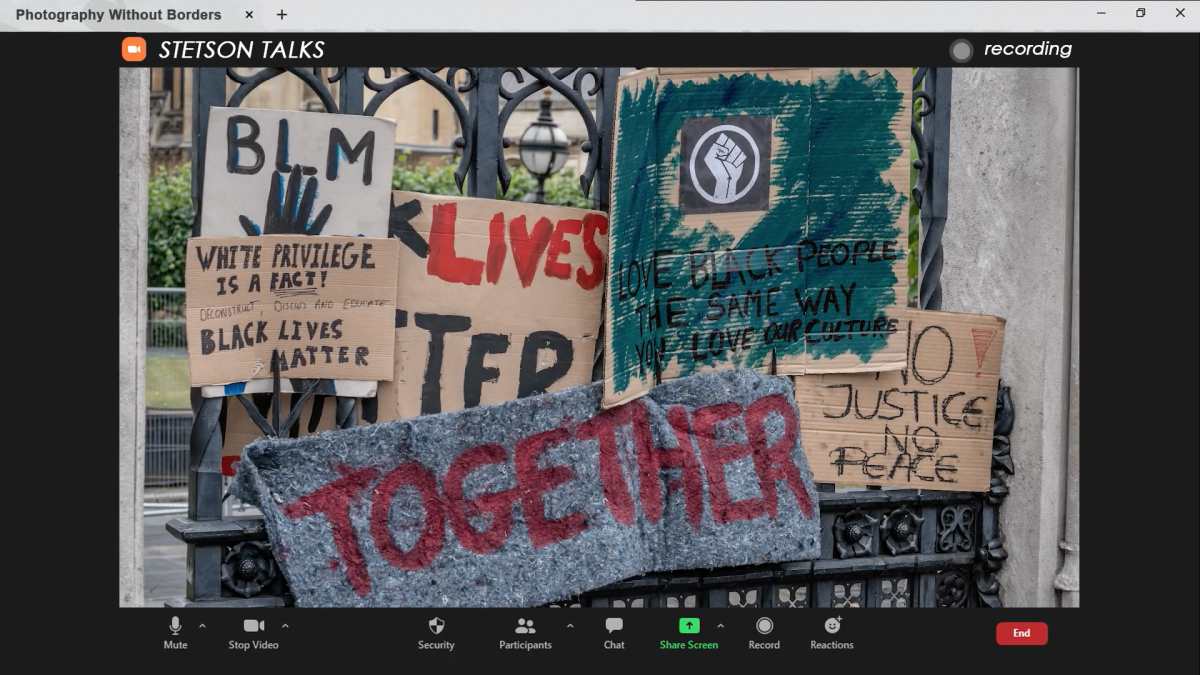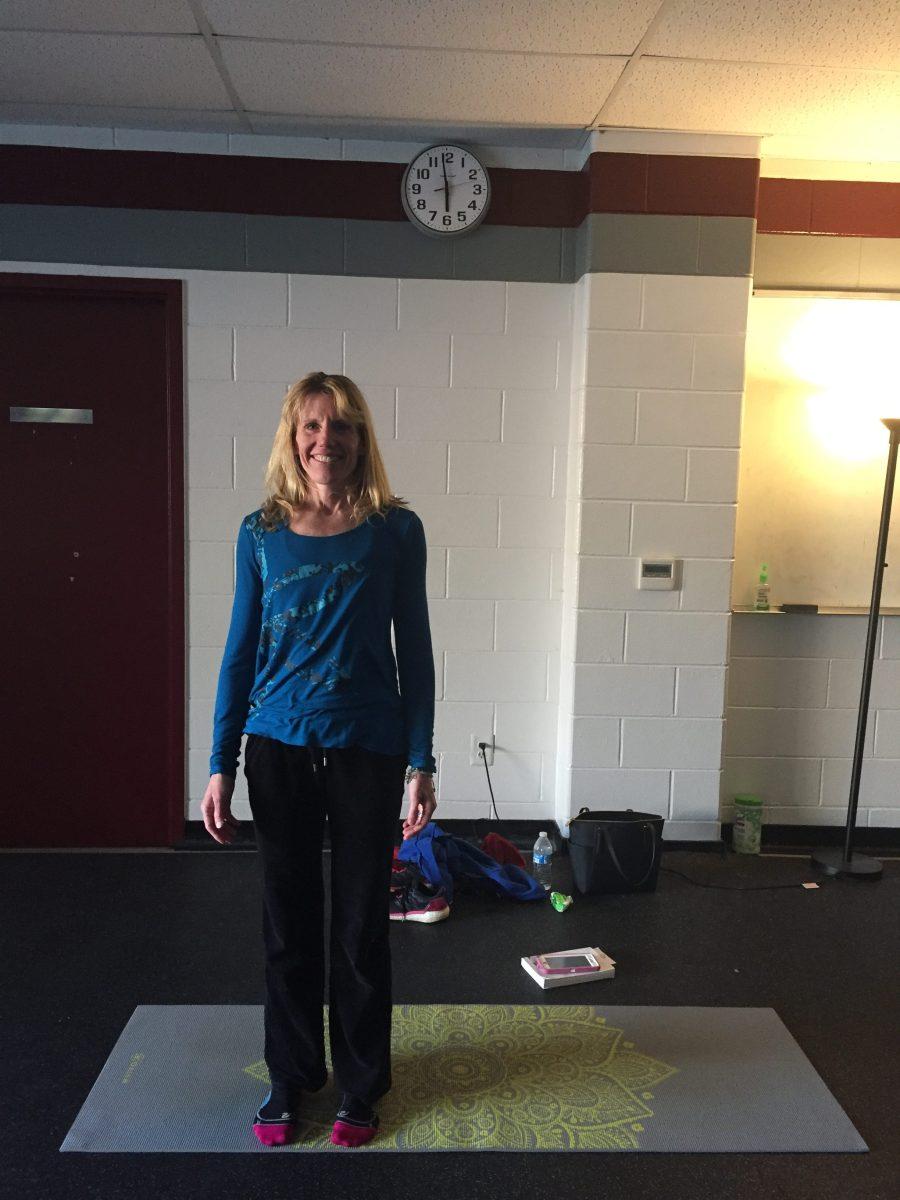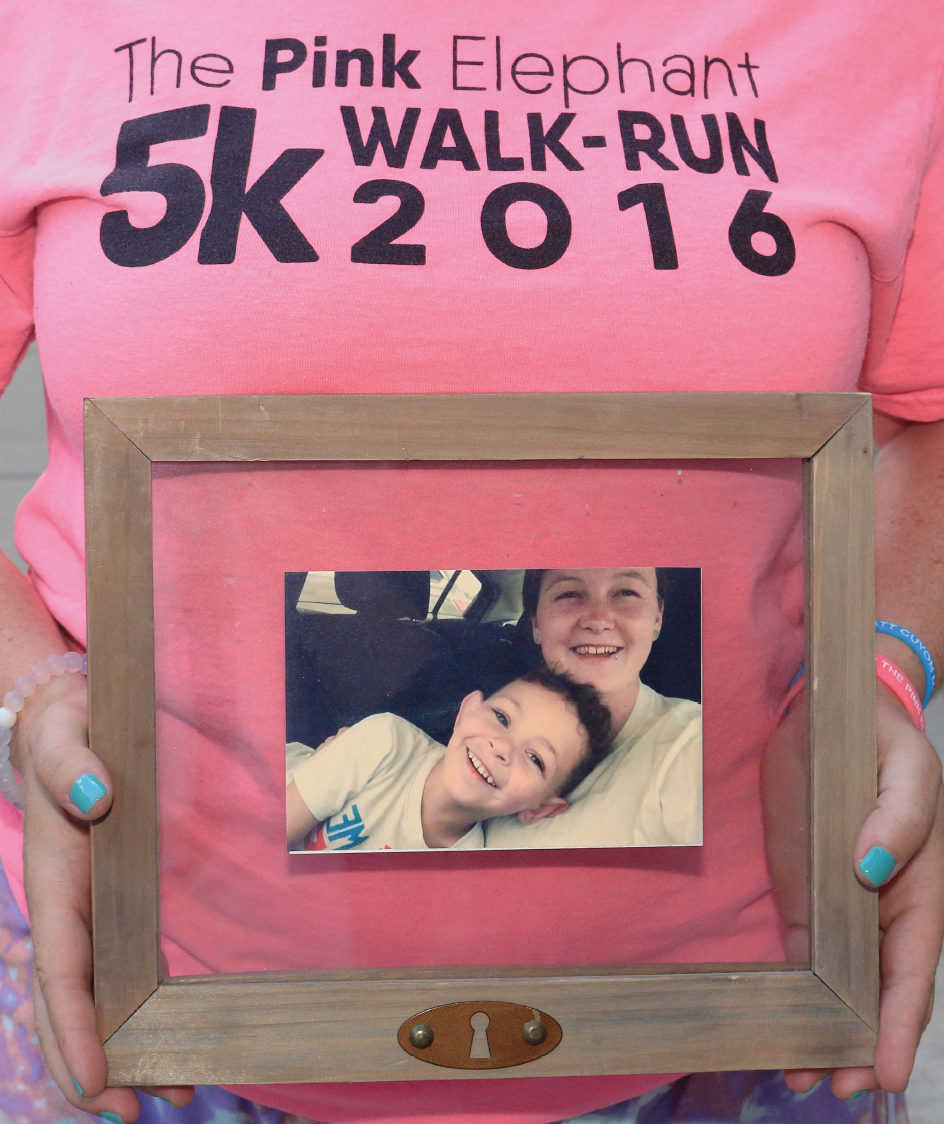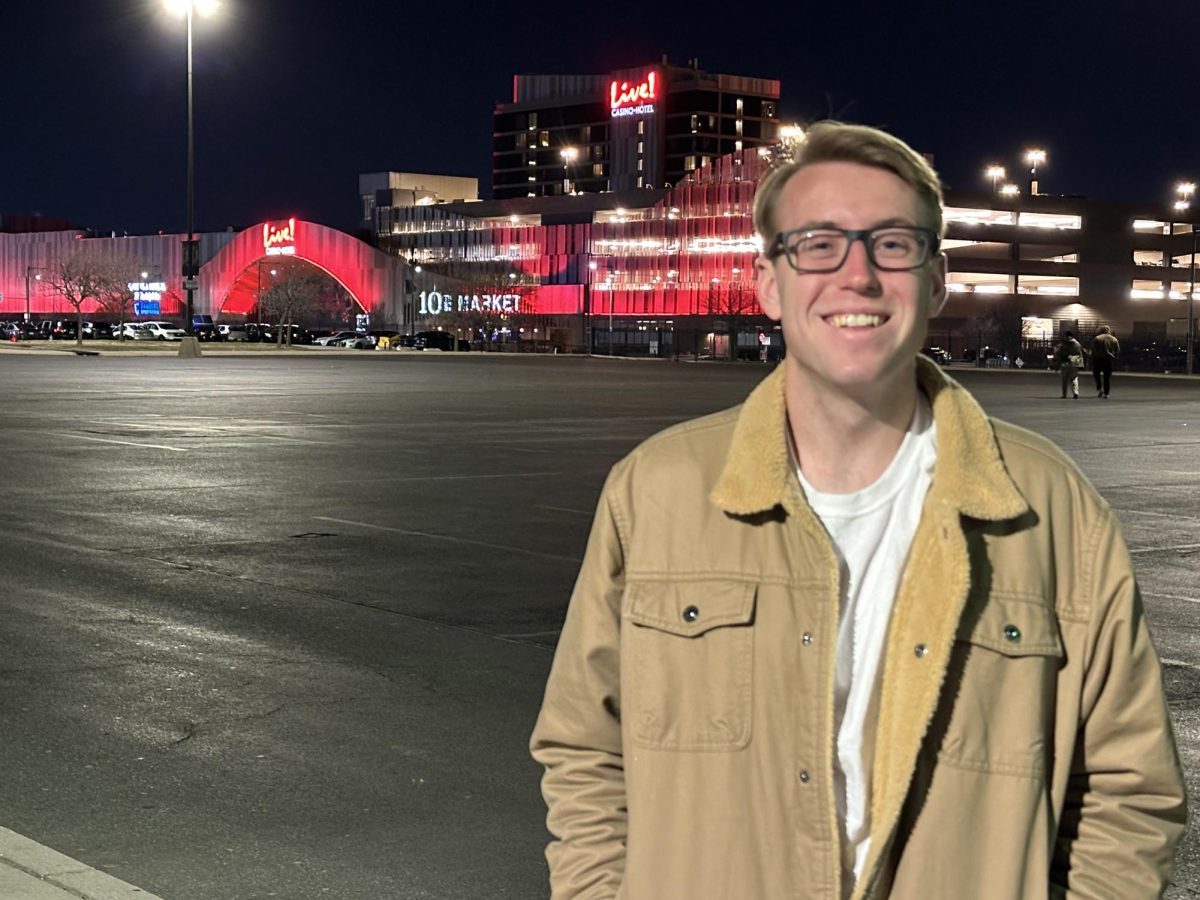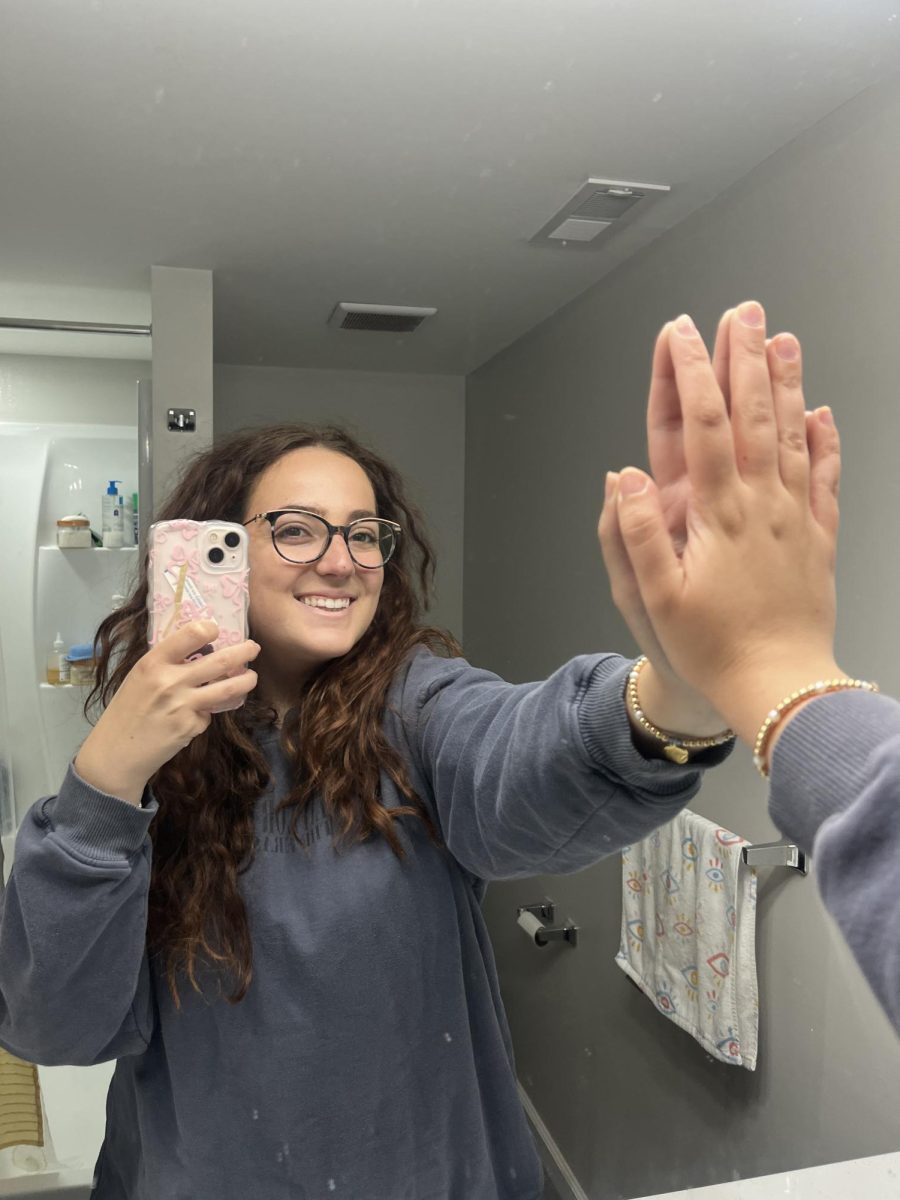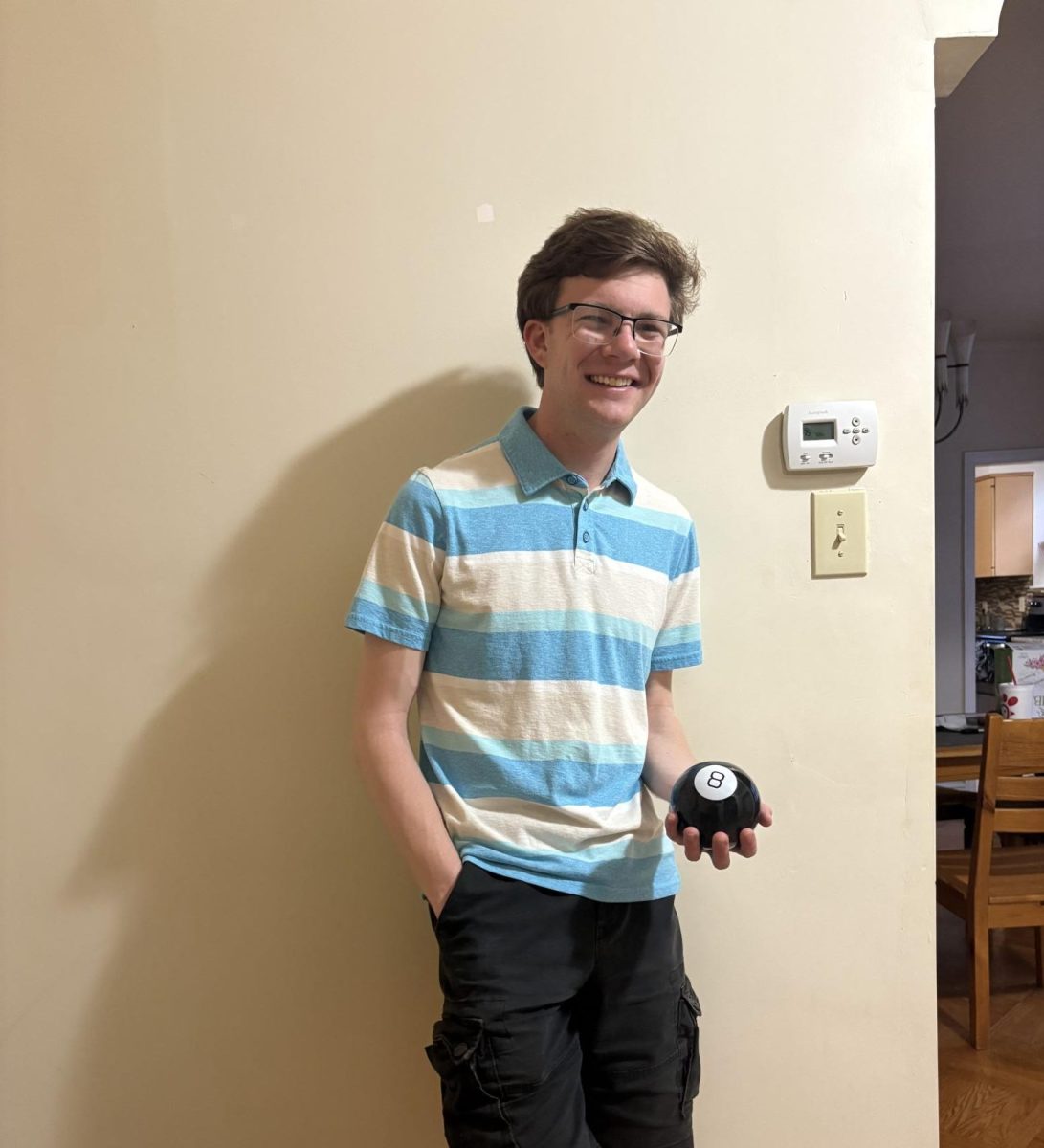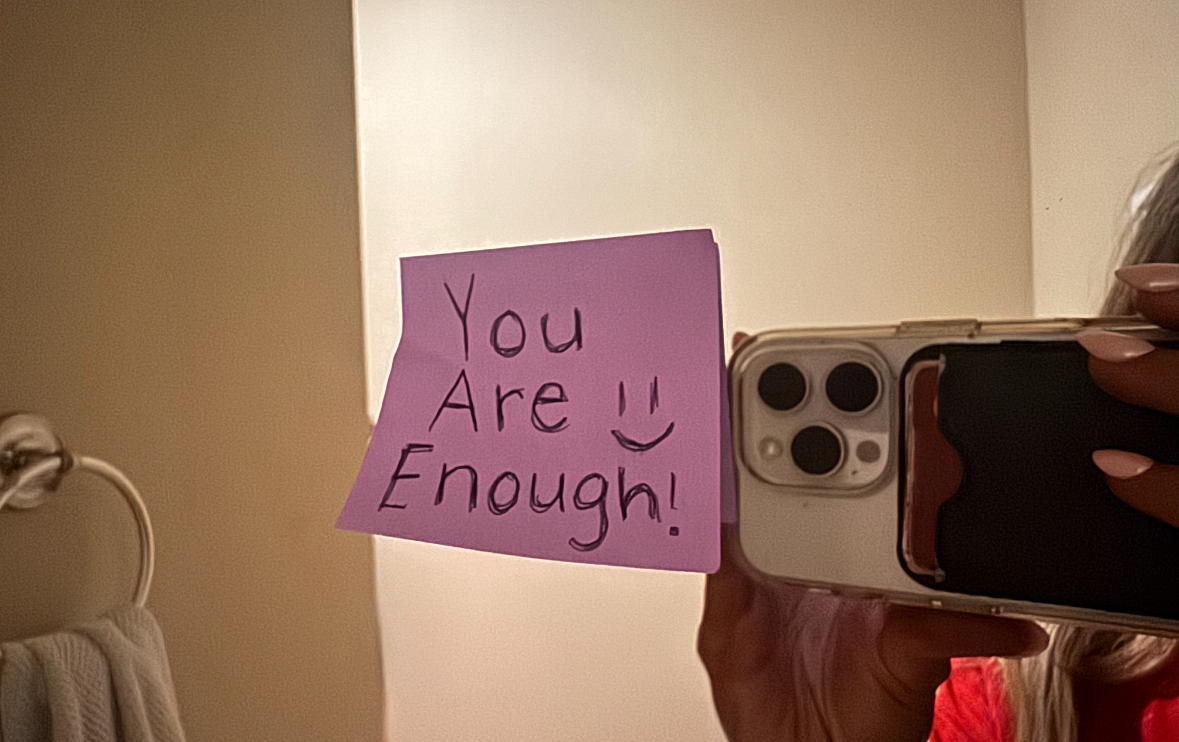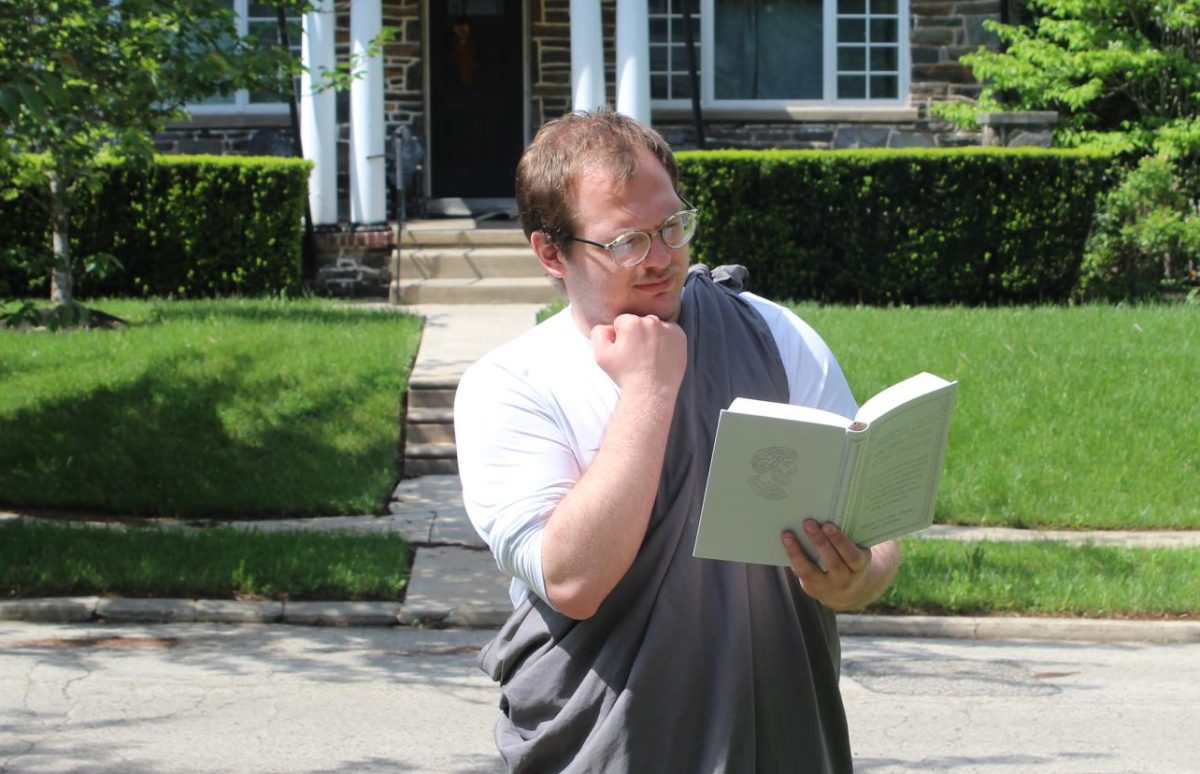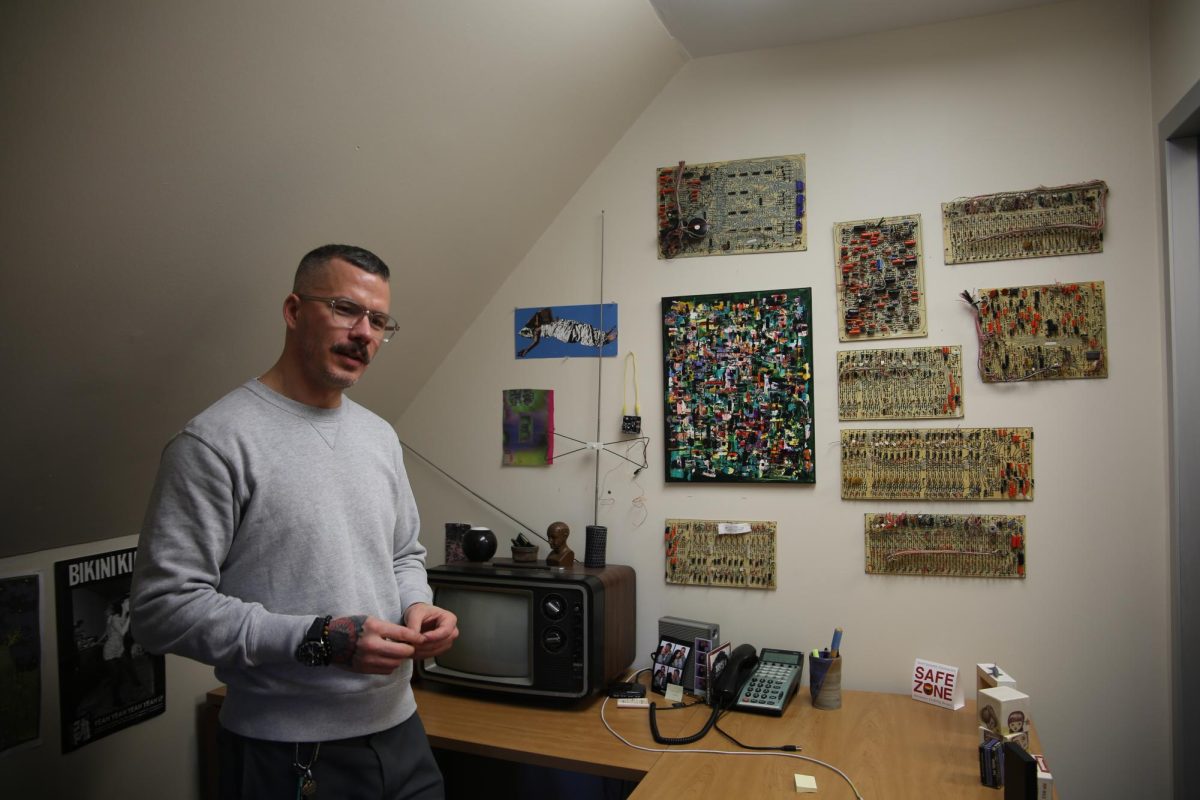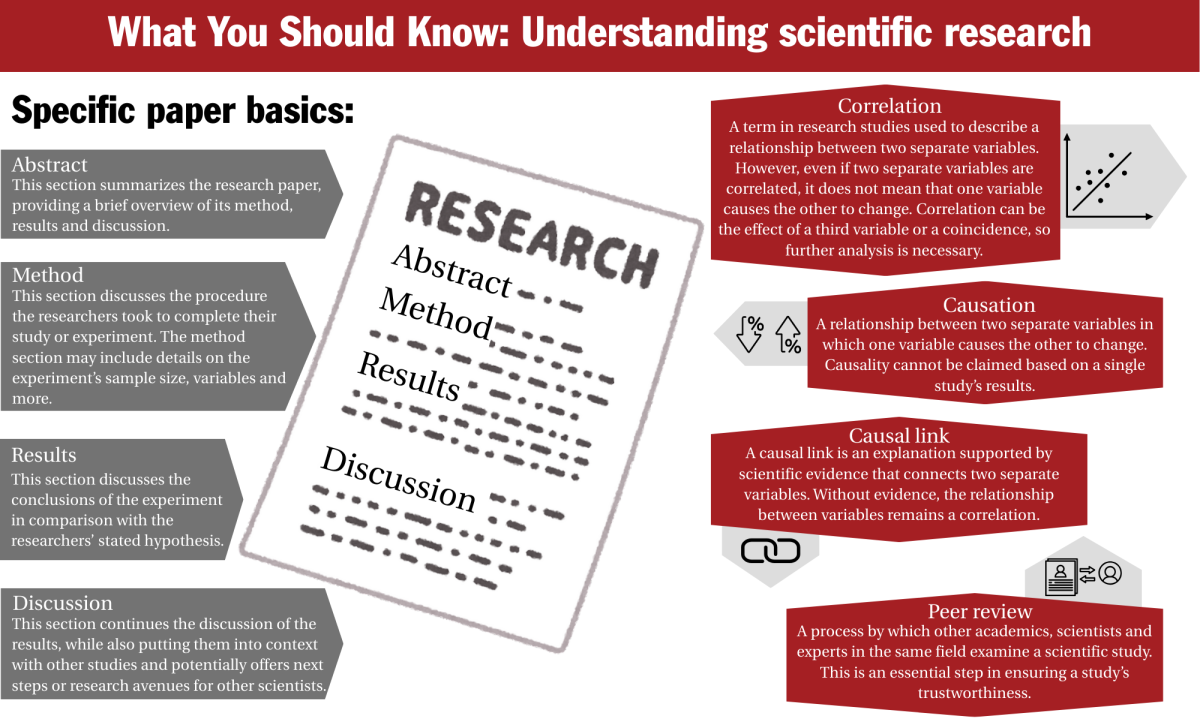Steven Hammer’s office in Bronstein Hall is indicative of his eclectic academic journey and his love for techno-sonic experimentation.
Located on the third floor of Bronstein Hall, one of the historical houses on Lapsley Lane, Hammer’s office is a playground for creative minds, filled with unexpected treasures like circuit-bent instruments, jars of dirt and old technology given a second life.
Hammer, Ph.D., associate professor of communication and media studies with a doctorate in rhetoric, writing and culture, is particularly attached to an old reel-to-reel tape recorder, which holds a 1978 recording of a kid outside Detroit. With a deep fascination for forgotten memories, Hammer calls his collection of answering machine tapes from the ’90s his “favorite thing in the whole world.”
View this post on Instagram
Hammer’s office also contains fragments of his own past. On a shelf sit books from his student days, reminders of a time when his path was still unfolding.
Hammer said his own journey as a student got off to a rough start.
“I wasn’t very good at school,” said Hammer, reflecting on his challenges in high school and community college in his home state of North Dakota.
Hammer eventually landed in a program at North Dakota State University, earning a bachelor of university studies degree in a phase of his life he jokingly calls “pre-bartending.”
“It’s the most made-up shit ever,” Hammer laughed, recalling how he crafted a major from various interests in gender studies, communication and media studies.
After graduating from college, Hammer struggled to find a fulfilling job and worked as a bartender. But his story took a turn when two of his former professors walked into the bar one day.
“‘With respect, what are you doing here?’” Hammer recalled one of them asking.
That moment marked a turning point. One professor encouraged Hammer to pursue graduate school, helping him enter a master’s program at North Dakota State University despite his unconventional academic background. He eventually earned his doctorate, also from North Dakota State University.
Even now, as a college professor himself, Hammer continues on the unconventional path. He commutes to St. Joe’s from his home in Fargo, North Dakota, traveling home every weekend to be present for his high need child, who is 13. Every Monday, he gets up at 3 a.m., takes a plane from Fargo to Philadelphia and spends the week working and teaching. Thursday, he’s back on a plane to Fargo, arriving around 1 a.m. the next day.
And yet, Hammer finds time to mentor students like Parker Hayden ’25, guiding them through the academic challenges and encouraging them to embrace their potential.
Hayden said Hammer has reshaped his approach to creativity and audio work.
“He’s always trying to push others, including myself, in a direction where not only are you putting out a product that other people can enjoy, but something that we endeavor to make our own and push the boundaries of what’s already there,” Hayden said.
Through their collaboration on Hayden’s project for the Summer Scholars Program, “Investigating The Practical Use of Soundscapes Via Metro Rails,” Hayden learned to take risks.
“He pushed me to be more creative and to think outside the box,” Hayden said.
Teaching, creating and even living outside the box is part of who Hammer is. For example, his work as an artist pushes the boundaries of how people perceive sound.
“I’m always interested in creating sound-based work that is strange,” Hammer said. “New ways of hearing things and new ways of hearing the world.”
It all began with an electronics kit his parents gave him in middle school. Self-taught in a small town, Hammer quickly began crafting his own instruments and experimenting with sound.
This mindset has shaped his recent projects. On the subway, in a series titled “Electromagnetic Sound Library: Metro Trains and Stations,” Hammer uses a microphone that picks up on electromagnetic energy, capturing the hidden sound most of us never notice.
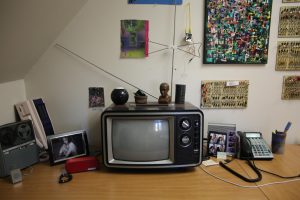
PHOTOS: ZACH PODOLNICK ’26/THE HAWK
“Usually, you think about, ‘What does a subway sound like?’ You think about the people, and you think about the train engine sound, but what happens if you walk around and you only listen to electricity?” Hammer said. “I think the world sounds different, and that strangeness is the point of art.”
Mike Lyons, Ph.D., associate professor and chair of the communication and media studies department, said Hammer’s creativity and commitment make him a valuable member of the team.
“He frames himself first as an artist and secondly as an academic, which is refreshing,” Lyons said. “[It] brings to our department this artist sensibility and this creative sensibility that helps reinforce this idea that we are a department that equally emphasizes the creative as well as the traditionally academic or critical.”
Lyons said Hammer’s brand of authenticity does not change, no matter the audience.
“He stays exactly the same,” Lyons said. “That’s why he’s so liked by students. He’s just a genuine person.”
For Hayden, Hammer’s consistency has had a lasting influence on his academic journey as he hopes to become a producer after he graduates.
“He’s someone I can trust,” Hayden said, highlighting the bond they share.
Lenora Thomas ’23 felt similarly about Hammer, who served as her adviser, professor and Summer Scholars mentor on a project about how covid-19 impacted members of her community. Thomas said it was Hammer’s unwavering support that provided her with one of the most important lessons.
“He took his role as my adviser seriously in the most supportive way possible and pushed me to ask for help, no matter how small the problem seemed to me,” Thomas said. “Whether you’re coding your capstone website, figuring out the best color palette for your graphic design, or trying to understand [Jürgen] Habermas, ask for help. … Asking questions and making mistakes is how you learn and improve.”
As for personal projects, Hammer is working on an album that explores recording the elusive nature of wind.
“You can’t hear wind itself,” Hammer explained. “But you can hear what wind touches.”
The project will involve sounds like wind against tall grass or blowing through an open doorway, in spite of the fact that “usually to a sound recordist, wind is the enemy,” Hammer said. In many ways, this perspective mirrors the advice he would give to his younger self, back when he was unsure of his future.
“Just do the things you enjoy doing and follow the paths that seem to open for you with the least resistance,” Hammer said. “Don’t chase what you think you should do, or what other people say you should do.”

